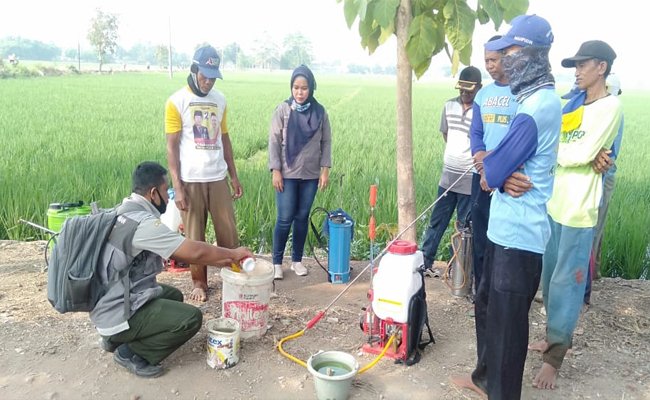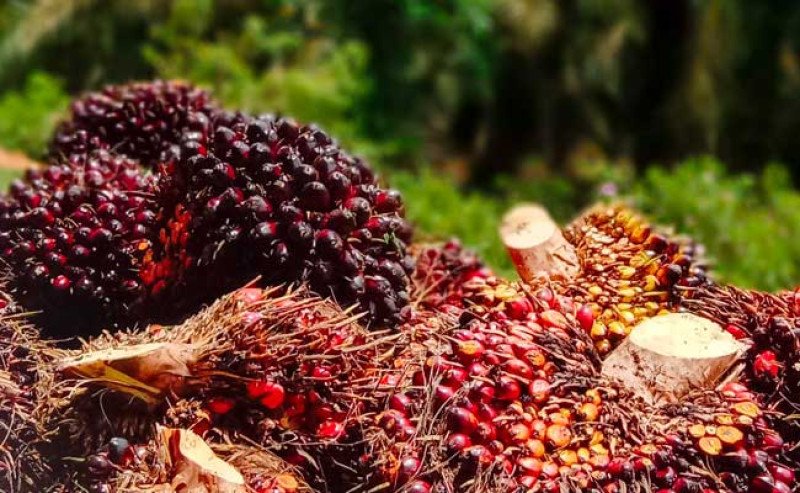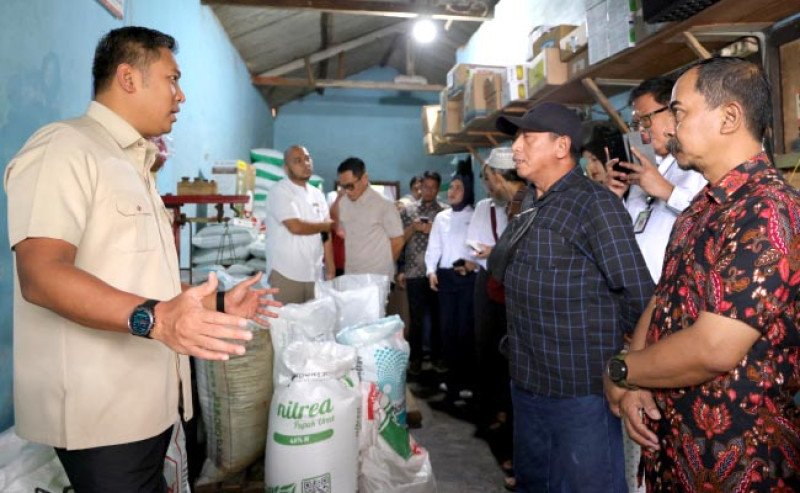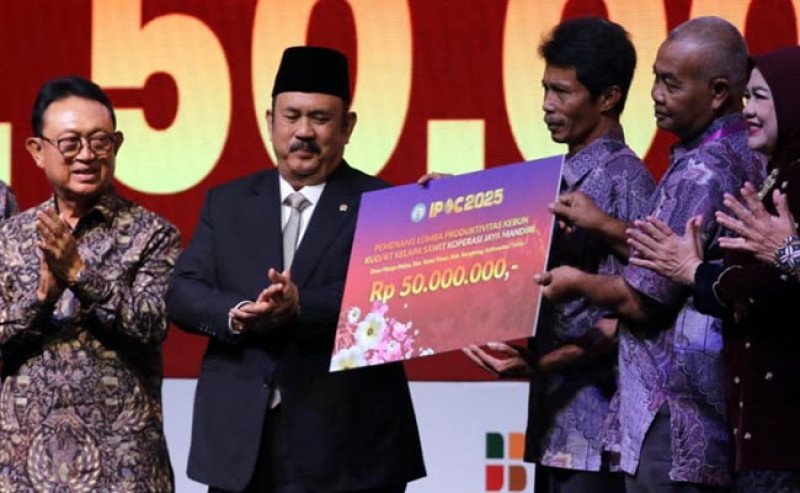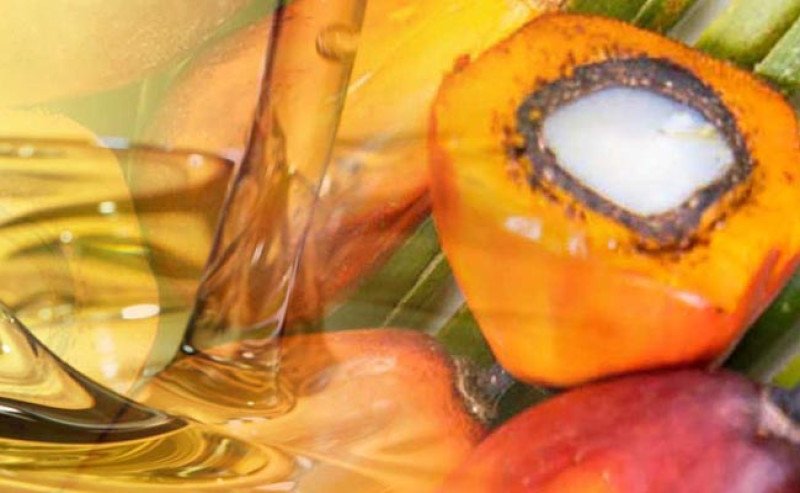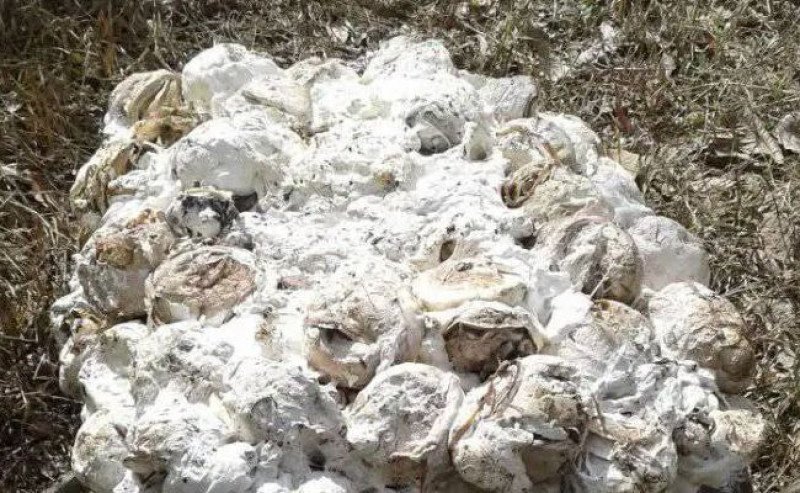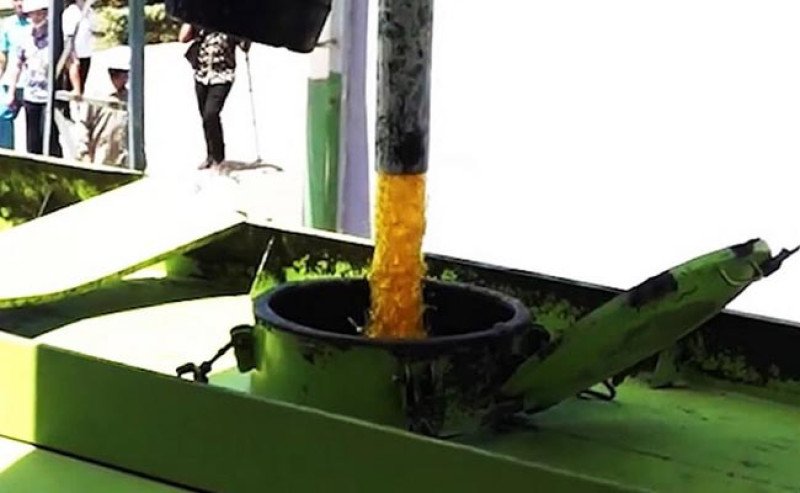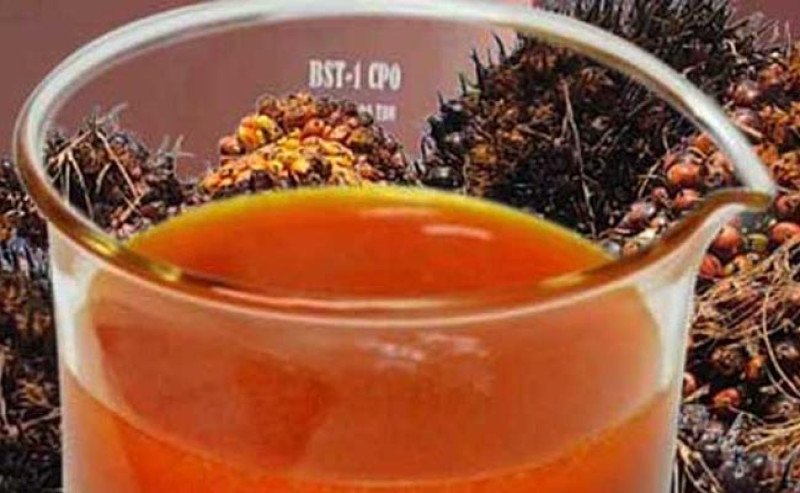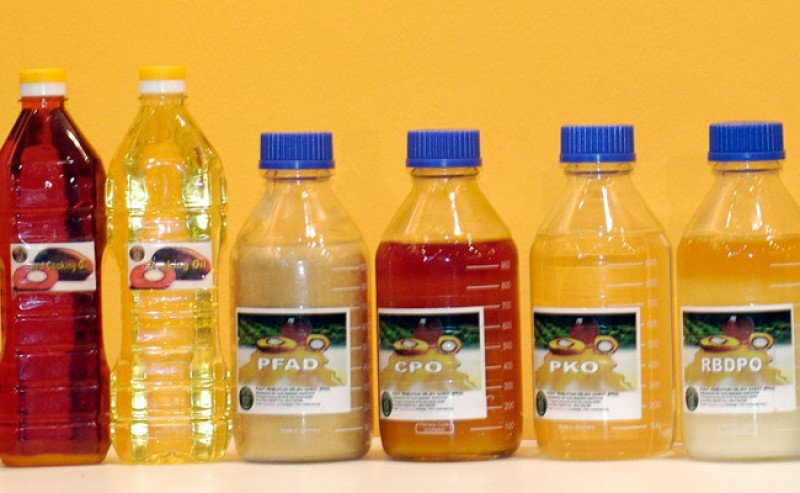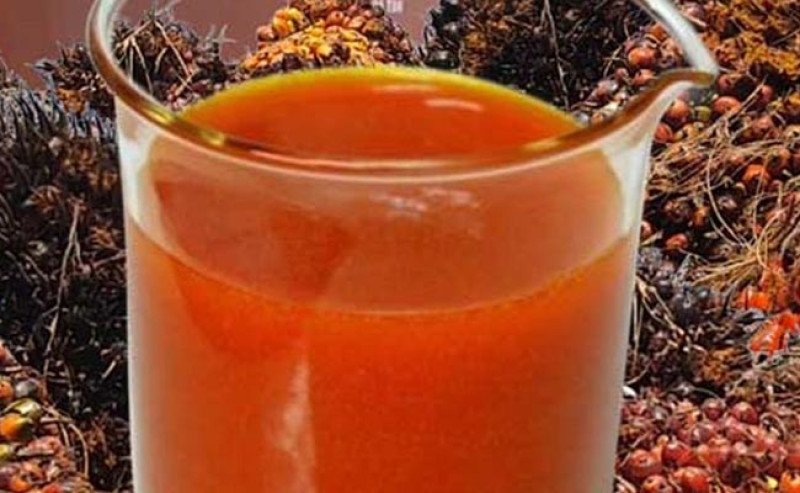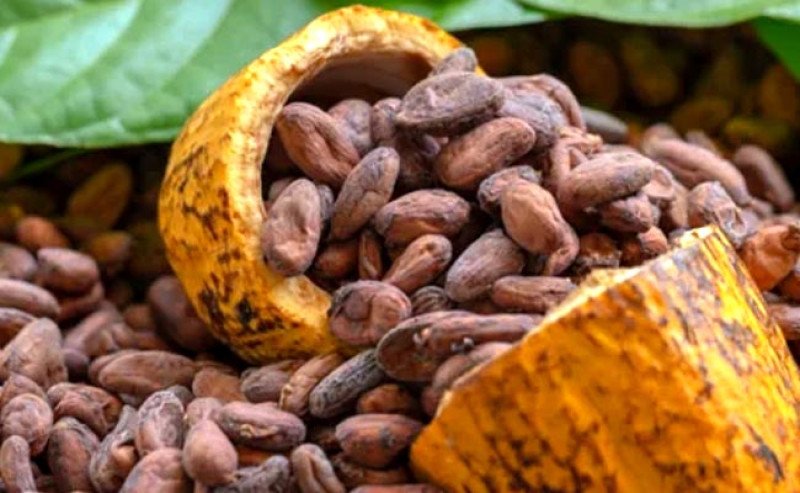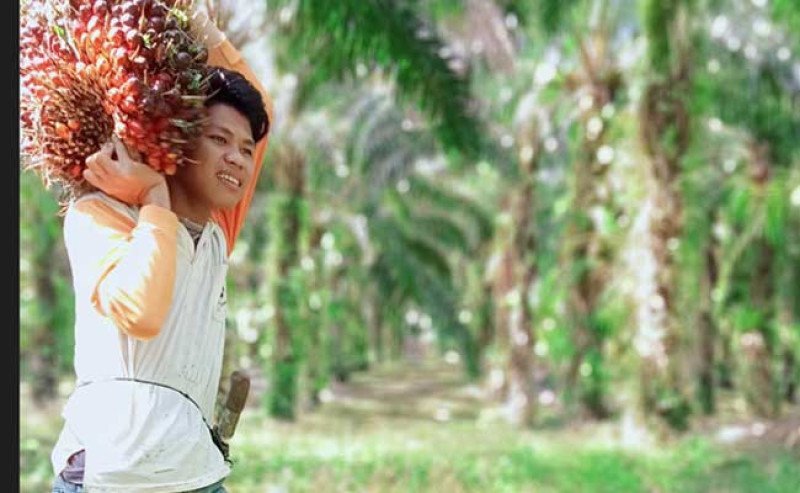Agricom.id, SUBANG - Penggerek batang padi (PBP) is one of the plant pest which mostly attacks the paddy. There are kinds of PBP, such as, the yellow PBP. The indications when PBP attacks the paddy in the vegetative development are pest would be found in the yellowing paddy stalk, it is dry, and easy to take. In the generative time, the outlook of the grain would be empty because it is not perfectly growing. This would decrease the production of the farmers and would influence with the food production nationally.
Head of Balai Besar Peramalan OPT (BBPOPT), Enie Tauruslina mentioned that to secure the production safely, the control technical guidance could be one solution. "BBPOPT and the officers of ministry of agriculture are committed to monitor and supervise the production food nationally and we do the field work for it,” she said.
The PBP control technical guidance runs in Kelompok Tani Srijaya VII in Village of Rancajaya, Sub district of Patokbeusi, District of Subang, West Java Province. The things told in the activity were PBP management, the six right applications to use pesticides, the wise usage of pesticides, and the making of concentrated solution. “To know the right control strategy about the PBP in the field, it needs knowledge about the population dynamic of PBP itself,” Irwan said in the technical guidance, as in the official statement to Agricom.id recently.
PBP could develop for 2-3 generations in every planting within the life cycle of eggs for about 4-8 days, the larva for about 19-29 days, the ‘pupa’ or worm for about 8-12 days, and moth for about 4-7 days. The moth of the pest could fly for about 4-10 kilometers by the help of wind and it is interested in the lights at night when it flies. The worm of PBP could lay egg for about 200-500 and the incubated larva could attack two or three stalks and move with the larva thread, water, or wind (swinging). It would spend 10 to 24 hours for the larva to get into the stalk.
Irwan also explained that when it flies or the group of eggs was found in the plantation, it needs to make parasitoid gias. The goal is that he parasitoid would be in the right time when the eggs are not incubated and could parasitize the group of eggs of PBP. “It would be effective to use Trichogramma sp. between 30-70%, but it depends on the environment condition. This could minimize the costs and safe for the environment,” he said.
In simple, the farmers could observe the moths in the lamp (of house). The farmers could see the plants and gather the eggs of PBP and keep them in plastic and should notice the daily progress. If most of the eggs incubate to be larva, this is the right time to control the larva in the plantation. The effective control would maximally up to 15 days after incubation.
He also mentioned that the PBP control should fully be done in the nursery process. if more than 0,3/m2 eggs are found and incubate, the active carbofuran insecticide within 4 – 6 kg/500 m2 doze should be applied. If it is well done in the nursery, it would be safe in the nursery and the control of PBP would be not much anymore.
In the same chance, the team of BBPOPT did the field survey to the plantation – 35 to 45 days after planted which was the Inpari 32. They found the PBP attack within intensity 24,2%. The control was using active material insecticide, Dimehipo 410 g/L from the government’s help. The team did control evaluation and recommend take the egg samples, put them to conservation equipment (the bamboo which has hole in each book).
In the other place, in his lead, General Director of Food Plantation, Ministry of Agriculture, Suwandi said that the food security is important part in the production. The plant pest attack and the climate change impact, he continued, need anticipation as soon as possible and should be controlled. Just like what Minister of Agriculture, Syahrul Yasin Limpo (SYL) told, every officer in ministry of agriculture keeps supervising and solving the issues about agriculture, such as, the pest, and disease attack by doing everything maximally to secure and maintain the food production nationally. (A2)
